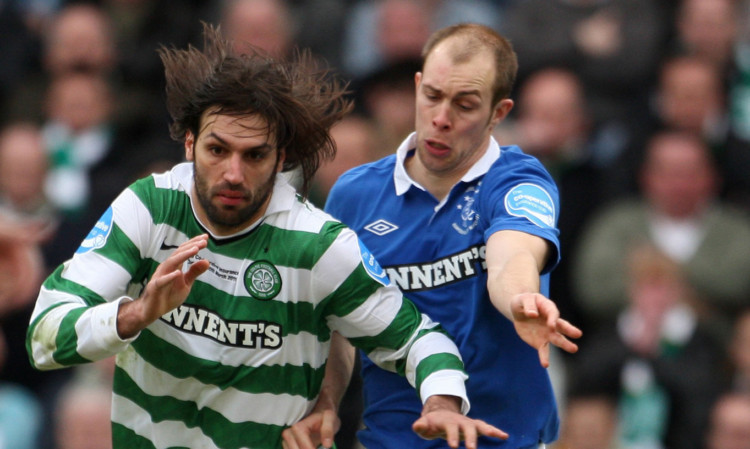For the first time, St Andrews academics have found solid evidence of a link between domestic violence and Old Firm matches.
The new paper shows a “statistically significant” rise in incidents following all 21 Rangers v Celtic matches played between 2008 and 2011.
Researchers said the results provided “compelling evidence” of the effect of the Glasgow derbies on reported cases of domestic physical, sexual and emotional abuse in the 24-hour period after kick-off.
The study was led by Dr Damien Williams, a lecturer in public health sciences at the university, who said media reports have long suggested the rise in incidents when the Glasgow teams play.
“These have followed concerns by the Scottish Government who say that domestic abuse in Scotland is an increasingly visible problem, with the highest prevalence on females in Strathclyde,” he added.
Statistics show a year-on-year increase in incidents of domestic abuse reported to the police between 2002 and 2003 (35,877) and 2011 and 2012 (59,847).
The majority of these incidents occurred in the Strathclyde Police area, with the bulk of victims being women.
Dr Williams said these reports had been based on crude comparisons of limited data.
Meanwhile, the study wanted to take a robust analytical approach to explore the link between Old Firm games and domestic incidents in the Strathclyde police area.
In the new study, Dr Williams worked with St Andrews graduate Kirsty House and St Andrews’ colleagues Dr Fergus Neville and Professor Peter Donnelly.
They looked at the number of reports of domestic violence received by Strathclyde Police following an Old Firm match.
They then compared the figures with those in same 24-hour period a week after an Old Firm match and for the 24 hours after Scotland international games played in Glasgow.
Dr Williams added: “We found a statistically significant increase in the average number of reports following Old Firm matches, compared with other periods.”
The team call for further research to interpret the complex association between sport and domestic violence.
Dr Williams added: “Our approach may underestimate the true impact of Old Firm matches on domestic violence, as not all incidents are reported to the police, but it nonetheless offers a conservative estimate of the severity of the problem.
“We hope that our work will not only inform preventive interventions to tackle the association between Old Firm football matches and domestic violence, but will add to the literature advocating for prevention efforts to address sport-related domestic violence more generally.”
